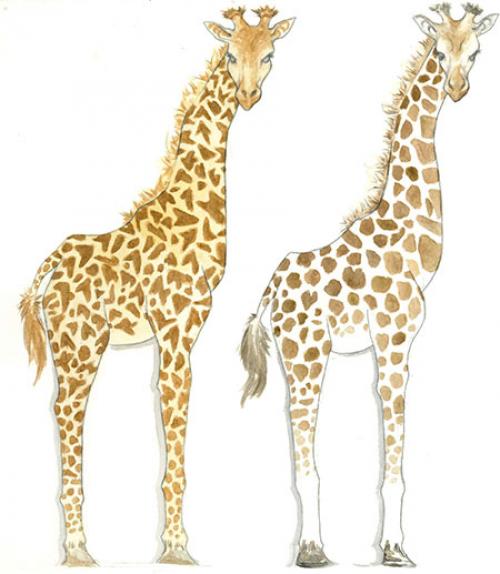An evolution lesson designed by graduate students for undergraduate non-majors that applies active learning techniques to teach speciation was published in CourseSource in August. (Speciation is the process by which new species are formed.)
The co-authors, all students in Evidence-Based Teaching (BIOEE 7600), are in six fields across the sciences in the College of Arts and Sciences (A&S) and the College of Agriculture and Life Sciences: chemistry and chemical biology, ecology and evolutionary biology, neurobiology and behavior, the plant biology and soil and crop sciences sections in the school of integrative plant science, and entomology.
“The authors have produced a genuinely useful tool for teaching an important area of evolutionary biology; of value for evolutionary teaching at Cornell and beyond,” said Jeremy B. Searle, chair and professor of ecology and evolutionary biology (A&S). “This project provides a really valuable experience in developing learning strategies they can adopt in teaching undergraduates, with emphasis on active learning and inclusive teaching.”
Instructor Michelle K. Smith, Ann S. Bowers Associate Professor of ecology and evolutionary biology (A&S), said the project gave graduate students a rare opportunity to design undergraduate curriculum. “And we developed a lesson on speciation that engaged undergraduate students using well-vetted materials that reflect the current state of the field,” she said.
With guidance from Smith, the authors identified a gap in the existing published literature to ensure their lesson on speciation, a central issue in evolutionary biology, made a new contribution to further STEM teaching.
“[Smith] let us do all the design work but kept us on track, reminding us to align our activities with the learning outcomes. She guided us by introducing basic principles on effective evidence-based teaching practices but gave us full autonomy to make the decisions about the lesson,” said first author Lauren Genova Ph.D. ’20. She is now an assistant professor of chemistry and biochemistry at the University of Delaware.
Co-author Lina Arcila Hernández Ph.D. ’19 added, “Sometimes we divided up to cover different aspects, but other times, we all went back and forth on various documents, such as for the learning objectives. We had different opinions, but it kept us all really engaged in the course design process.” Arcila Hernández is an active learning postdoctoral associate in the Department of Ecology & Evolutionary Biology.
The students selected giraffes for a case study to teach concepts involved with speciation because the number of giraffe species is under debate. Their goal was to create a dynamic classroom environment through a series of active learning activities.
“We varied our instructional practices, with small and large group discussions, as well as clicker questions,” said Genova. “The variety gave students different ways to engage with the material and each other.”
“We also wanted very engaging assessments, and that’s why one key activity was a modified gallery walk,” added Arcila Hernández. “We had several scenarios where speciation was tricky; students worked in groups to argue for or against speciation in each case.”
The authors designed the lesson to be inclusive and accessible, in order to help students thrive. “The scientists we featured throughout the lesson differed in geographic location, age, discipline, ethnicity, and gender so students of diverse backgrounds can identify with the material,” said Genova.
The students engaged enthusiastically with the material, actively discussing the questions raised, said Genova and Arcila Hernández.
The variety of active and inclusive teaching strategies makes the lesson highly adaptable to many teaching scenarios. For example, said Genova and Arcila Hernández, the “gallery walk” – where students examine examples of speciation as though in an art gallery -- could be run online, either synchronously with breakout rooms or asynchronously using Slack or VoiceThread. Smith is using the lesson in her online BIOEE 1180 course this Fall.
The BIOEE 7600 project is supported by a National Science Foundation grant focused on increasing the number and variety of lessons published in CourseSource. Genova also received support from two NIH grants.
Dave Winterstein is a communication specialist in the Center for Teaching Innovation.




